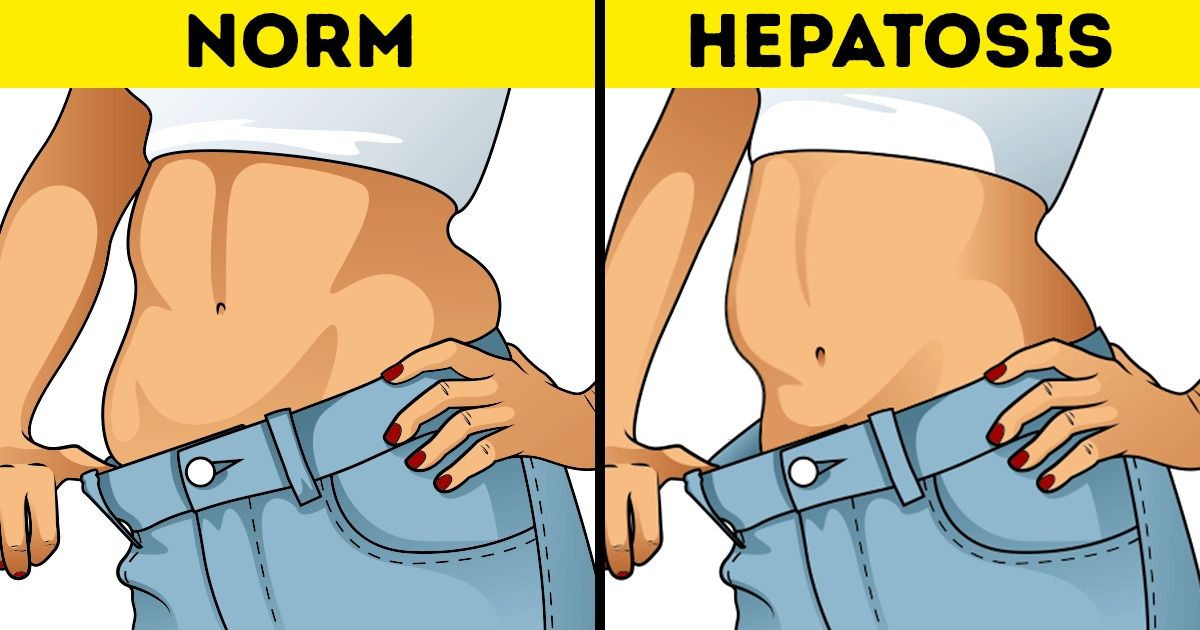I Tracked My Daughter’s Phone and Discovered a Disgusting Secret


Some people avoid preventive medical examinations because of lack of time or a fear of doctors. But you can perform several tests to get necessary information about your health without having to leave your own home. These methods will help you understand whether it’s high time you turned to an expert or if everything is just fine and there’s no need to worry.
Bright Side has collected some simple and quick tests that you can take right now.
One of the main health indicators is your waist size. Take some measuring tape and measure your waist at 1 in above the navel. If everything is normal, its size shouldn’t be more than 34 in on women and 40 in on men.
People who have a bigger waist are 5 times more likely to get type 2 diabetes. In Japan in 2008, the government even decided to enact a law obliging people with big tummies to attend special sessions to lose weight.
You’ll need a blank sheet, a highlighter or a pencil, and a friend’s help. Draw a clock and ask another person to say the time (hours and minutes). For example, 10:10 AM. Then draw minute and hour hands so that they show the time your friend indicated.
This test involves lots of processes in our brains. The parts of the brain responsible for arm movement, spatial, and visual perception start working harder and that’s why the inability to draw a clock and clock hands may be signs of early dementia.
You’ll need 2 scales. Stand on one scale with one foot and on another scale with the other foot. The weight distribution should be about the same. If numbers differ greatly, it may indicate that your hip bone, the spine, and the head are off-center. It’s probably time to visit a doctor who will prescribe all necessary examinations.
This method is called the Shtange test. You’ll need a stopwatch to perform it.
Stand up and check your heart rate for 30 seconds. Then sit down and take 3 breaths in a row without exhaling. Then hold your breath as long as you can and count the time. After you exhale, check your pulse for 30 seconds again.
Results:
The result should equal your heart rate for 30 seconds after the test and your heart rate for 30 seconds before the test.
The result that equals 1, 2, or lower is fine. If you scored more “points”, it might indicate that your cardiovascular system needs more oxygen.
Take a look at your nails — they can tell a lot about your health. If your nails become rippled and split or white spots appear, it’s not only a cosmetic problem. Such a condition may indicate that your body doesn’t get enough vitamin B, iron, or that there’s a risk of osteoporosis.
Look at a window frame for 30 seconds and then close your eyes. Then open your left eye, close it, and open your right eye. If the picture that you see with your eye gets blurred and lines aren’t parallel to each other anymore, it may be a sign of macular degeneration or severe irreversible vision loss.
You can also perform another test near a car parking lot. Step away from any car at 65 ft and try to read a vehicle number plate. If you can’t do that, it’s recommended that you visit a doctor.
Try to hear what people are talking about from a distance of 16-19 ft. If you can’t understand anything, you probably have to visit a doctor.
Such a method won’t work in crowded places. For example, in a café with loud music, you won’t be able to hear a person speaking near you. This is due to the masking effect: a weak sound gets masked in the presence of a strong noise.
In addition to this test, there are many apps that can check your hearing.
Take a look in a mirror that allows you to see your whole body. Do you see a fatty layer above your waist? It’s visceral fat that surrounds the liver and doesn’t allow it to work properly.
Yellowing whites of the eyes, lumps of fat (especially on your eyelids) and a coated tongue also indicate that something’s wrong with your liver.
Please keep in mind that these tests can’t be used to diagnose a disease. These are just a few methods that can help you take care of your health.
How often do you usually visit the doctor to undergo a preventive medical examination?











